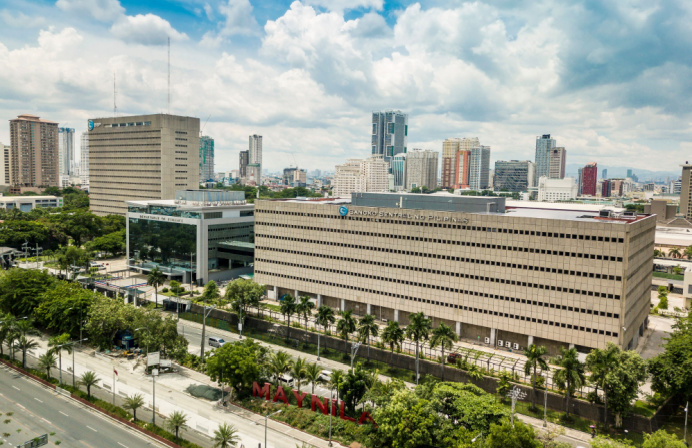
The Bangko Sentral ng Pilipinas (BSP) has outlined the successes of its recently completed Digital Payments Transformation Roadmap (DPTR), particularly for unbanked businesses and micro-, small-, and medium-enterprises (MSMEs).
BSP Deputy Governor, Mamerto Tangonan, said digital payments accounted for a one per cent share of the total retail payments landscape in 2013; nine years later in 2022, this grew to 42.1 per cent. He said he “believed we reached our 50-per-cent target by the end of 2023″.
A key initiative introduced by the central bank as part of the roadmap was the Paleng-QR Ph Plus program, developed in association with the Department of the Interior and Local Government (DILG). The program seeks to accelerate the use of digital payment methods, including using digital devices and applications, in markets through the QR-code initiative.
Smaller merchants have been able to seamlessly track sales and transactions, as well as stay on top of bills. Lorna Ortiz and Gloria Santiago, merchants at Carmona Public Market in Cavite, said the program had scaled their business exponentially.
“Nearly all vendors here in Carmona are using QR Ph codes. It is seamless, cashless, and directly credits my online transactions to my bank or e-wallet account,” Ortiz said.
“My past challenges in handling payments and transactions have been addressed with the adoption of this digital technology,” Santiago said.
“This initiative has two objectives: to streamline financial processes and to bridge the gap between those with and without access to financial services. Through these digital payment facilities, an even greater portion of the population can now actively participate in the formal economy,” the bank said in a statement.
The BSP is charting the next phase of the country’s digital journey under the 2024-2026 Digital Payments Transformation Roadmap.”
